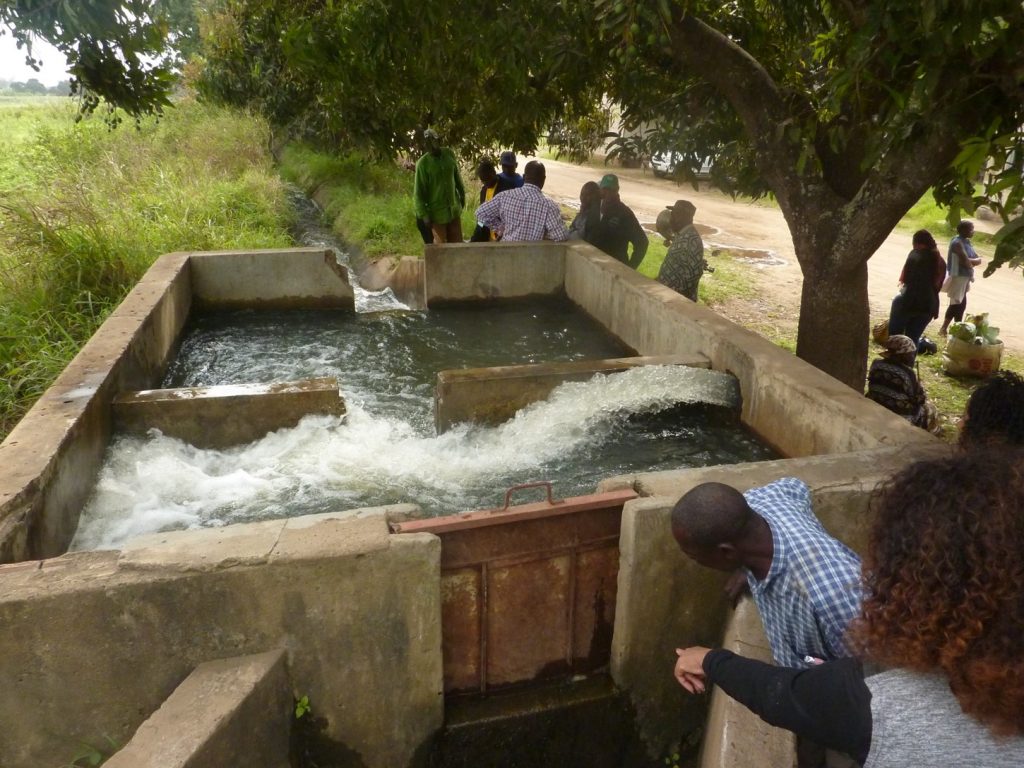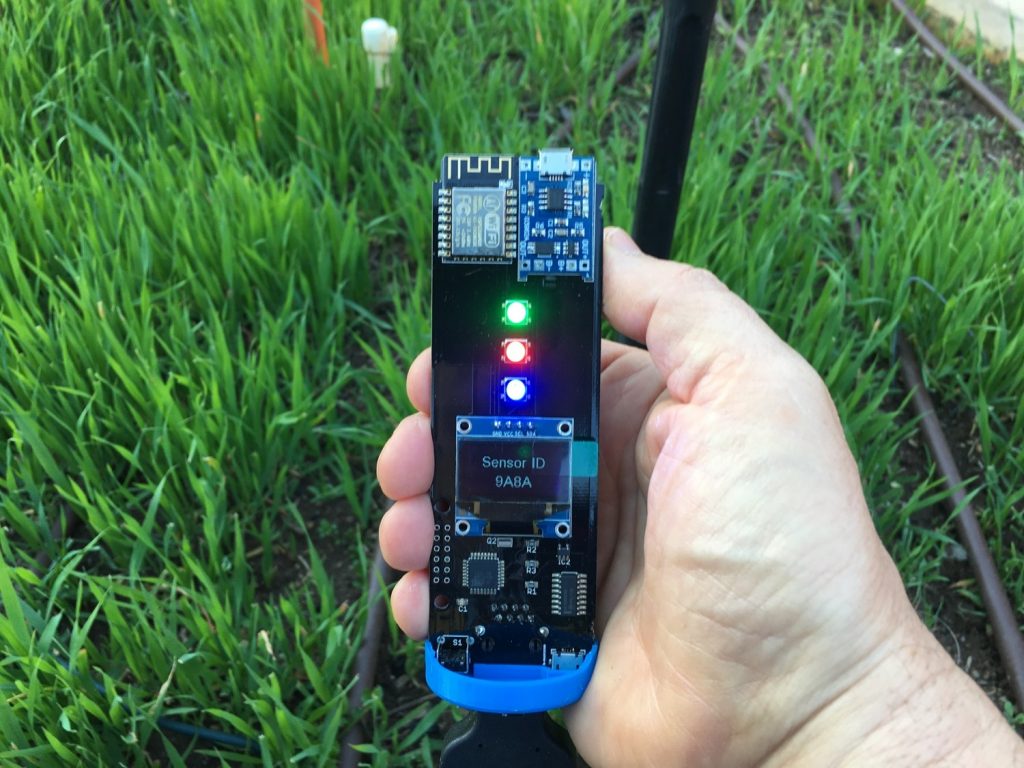
A standard burger has around 500 calories. That means around 500 litres of water was used to create A SINGLE BURGER.
There’s nothing quite like a Sunday morning Macca’s run. Scoffing down around 900 calories of pure shame, regret and insistence that you’re never drinking again (until next weekend). In that moment you are probably thinking a lot of things, but we bet one of them isn’t that your shame breakfast required around 900 litres of water to be produced. That’s right, to grow a single calorie of food requires about one litre of water. Think about how much you eat in a day (even a day when you aren’t eating McDonald’s). Imagine how much water is required to grow the food you eat in a year. Times that by your lifetime, and then by the 7 billion people on Earth. Yeah, it’s a pretty staggering concept.
Most of us are quite lucky, we don’t have to think about how much water was required to make our food. Our biggest concern is what the taxi driver will think of us when we ask them to go through the drive-thru and order four bacon and egg McMuffins. Not everyone is as fortunate as us. Many people have to grow their own food to survive or rely on crops to make a living. Those people think very long and hard about how much water their food requires. And despite years of experience farming, the only way of knowing if their crops are getting enough, or too much, water is to wait until the plant shows physical signs of stress. By then the damage is done and they will have a lower, or no yield. For some, this can literally mean the difference between life and death.

Dr Michael Robertson isn’t a farmer, but he also spends a lot of time thinking about how much water crops need. He’s part of our team of agriculture scientists focussing on how information and communication technology can help farmers. They have invented a digital device called the Chameleon. The Chameleon is reasonably simple – it measures how moist the soil is under the crops. Just like the famous multi-coloured reptile, the lights on the display change colour depending on how wet the soil is: blue for wet, green for moist and red for dry. All the farmer needs to do is simply connect the reader to the sensor in the soil and get a reading for various depths in the profile. And the best part? Chameleon only costs a few dollars (AU) to manufacture, making it a truly viable solution for poor farming communities around the world.

The coloured indicators on Chameleon shows how wet the soil is
Blue for wet, green for moist and red for dry
This simple device is already having a huge positive impact in the farming communities where it has been tested. And as if creating Chameleon wasn’t enough, the team have also invented a device that tests fertiliser in the soil: FullStop. It works by collecting moisture from the soil and indicating how much fertiliser is there with colour-changing paper strips. So if a farmer uses both Chameleon and FullStop, they know exactly what’s going on underground.
So, when you’re sitting down to your next meal, work out how many litres of water it took to grow the food you are eating. One litre per calorie. Think about the power that a simple digital technology like the Chameleon has to change the lives of farmers.
This blog has been adapted from Dr Michael Robertson’s TEDxUWA 2017 talk


14th December 2017 at 3:03 pm
I have never liked the virtual water argument. I worry that it can mislead people into thinking a litre of water was consumed in the production of 1 calorie. The water was not consumed, just borrowed for a purpose. That litre of water is back in the environment being used to make infinitely more (given enough time) calories.
What we have done is chosen how to use that water this time around – not forever. On average, we will get to choose again next year how we use that same 1 litre of water (assuming a 1 year hydrologic cycle).
What truly consumes water is contamination by pollutants because the polluted water is no longer fit for purpose – or at least only fit for a substantially reduced range of purposes.
I encourage science communicators to ponder how to better convey this subtlety.
It’s great, though, that the technology here helps people use water more efficiently as this will benefit them each year.
14th December 2017 at 2:54 pm
I would like to note that soil moisture content is only a crude measure of the how much water is available for crops. Water activity (Aw) is actually the best determinant of the water requirements of plants and soil microorganisms. The relationship between moisture content and Aw is unique to each soil due to its physical and chemical nature and its organic matter content. This can lead to the paradox of plants and soil microorganisms being water limited at higher soil moisture levels in some soils than others. A soil’s moisture characteristic (or moisture release curve – Aw versus moisture content) shows the level of dryness at which Aw values negatively impact upon plants and microorganisms. So, knowing a soil’s moisture characteristic would improve the value of the moisture readings from this new meter, but unfortunately, it is not really a viable solution for poor farming communities.
14th December 2017 at 12:56 pm
I’m an avid Golfer and I think this could be a real boost when assessing when and how much to water.
McDonald’s is often recognized as the bad guy in counting calories, eat it or don’t put don’t disparage the work of these people.
Keep up the good work CSIRO, most of us appreciate it.
12th December 2017 at 9:29 am
Can we get one for our CSIRO – Clayton site community garden? It would be interesting to give one a go.
12th December 2017 at 10:47 pm
Richard Stirzaker is the lead scientist of this work – they work well in lawns and gardens
6th December 2017 at 4:50 pm
It may take 1 litre for each calorie, but that litre does not disappear. It goes into the soil, the plant or the local atmosphere; it is still there … and re-usable.